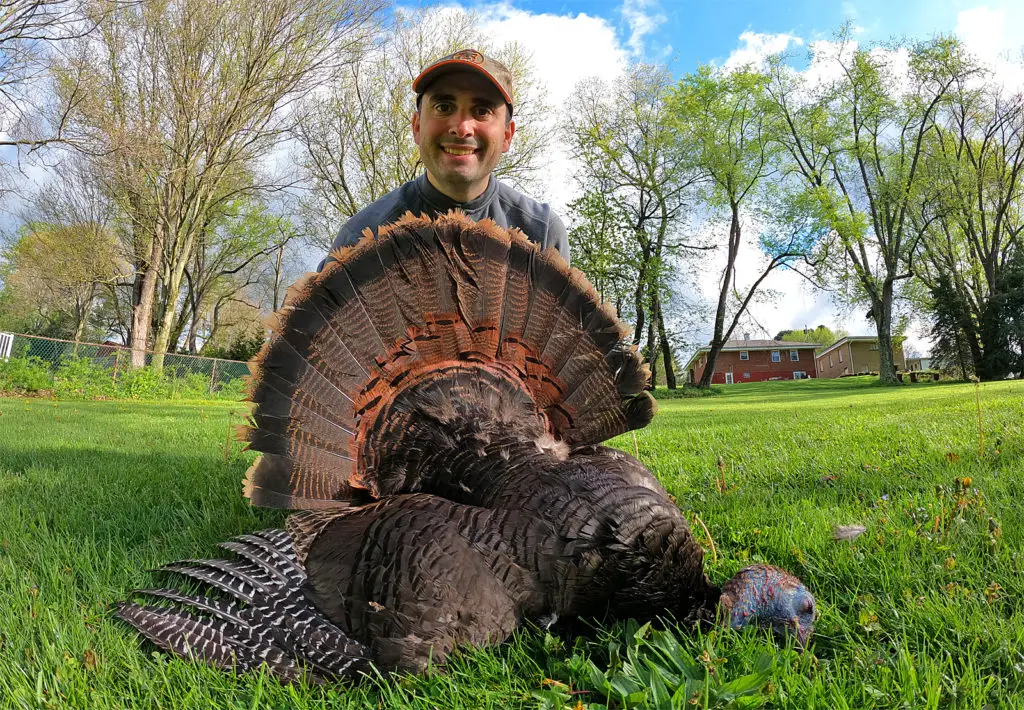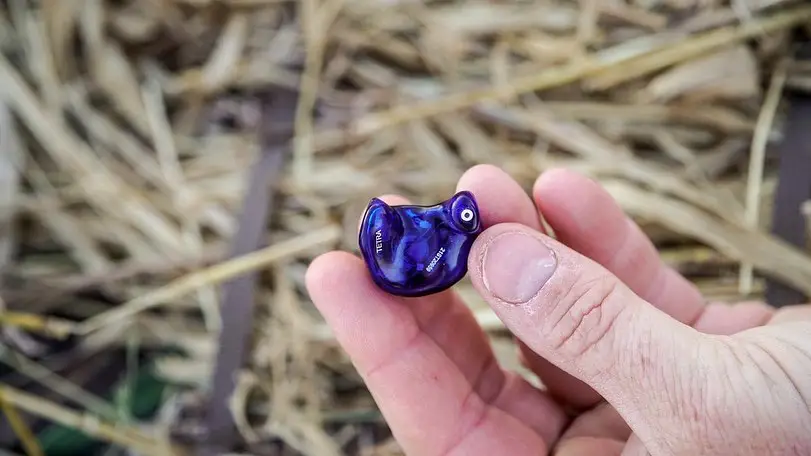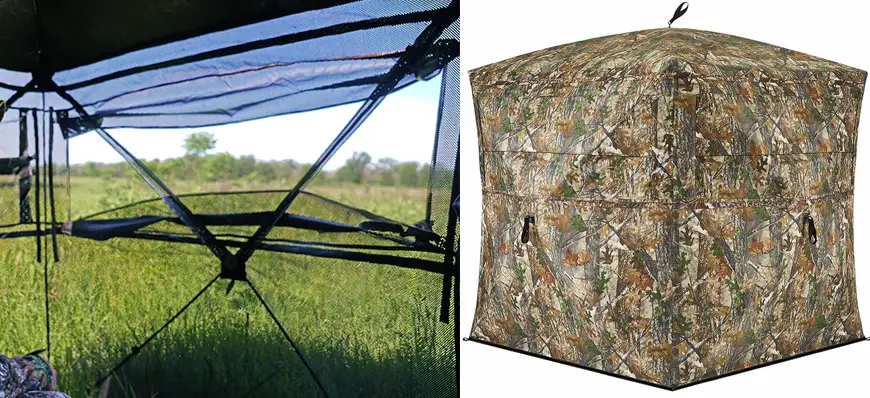The turkey tail mount is one of the greatest memorials of a turkey hunt, it can be done at home for virtually no cost and very minimal effort. It is the perfect beginner project. But there is a lot more you can do to make a turkey trophy, some things you can do at home and others require a professional taxidermist. On this episode I talk about most of the options available, what they cost, and what a brand-new turkey hunter with no experience can do for free.
When I take a gobbler or any turkey for that matter, after the meat, the tail fan mount is my favorite part. I think turkey tail fans are one of the most beautiful things God made in the animal kingdom. Did you know that turkeys are distance cousins of the peacock? It is no wonder they are so beautiful. No two turkey tail fans are the same, and each one tells the story of an exciting hunt that I will never forget.

Many people often mount the beard with the fan, and lots of modern mounting kits come setup for that. My favorite mounting kit that I buy season after season is the Taxidermists Woodshop Black Walnut Kit with Beard Plate. This kit is utterly beautiful, comes with everything you need, and even includes a packet of borax to help dry out the fan. There are cheaper kits out there but none I’d rather have on my wall.
When doing a mount, you want to make sure you have salt and/or borax on hand. I typically just use salt and lots of it. I have used borax before and I cannot tell any difference. Some people mix them, I have also done that and noticed no difference. Borax is a laundry soap booster, it helps draw moisture out of the meat and fat and bug proofs it. You can buy it cheap at the grocery store, just make sure it is 100% pure borax and no added scents. Here is a good borax you can order online.
The most common turkey mounts include:
- Tail Fan. Everyone should do at least this every turkey they take. I have two videos at the bottom showing you how to do this, both the easy way and the hard way for you over achievers out there. This costs nothing, except for some salt and/or borax.
- Turkey Rug. This is the tail fan and the back feathers. These look amazing on a wall. They are more of an intermediate taxidermy project though, something I tend to leave to the professionals. But it can be done at home with a little time and care.
- Whole Turkey. If you are new hunter, you probably are not going to be able to tackle a whole turkey mount at home, especially if you want it to look good. Professional taxidermists charge between $500-$1,000 for these and they can include many different poses. I recommend new hunters stick with the free tail fan mount, but this is always an option for a great bird if you have the funds.
- Beard. The beard is super easy and just takes a little salt, most people mount it with a tail fan.
- Feet with Spurs. Some people love foot mounts, I am not a huge fan myself, but more power to you if you like them. They are also very easy to do and just require salt and time.
- Turkey Wings. These look pretty cool when done well and are often mounted with a tail fan to make a very impressive mount. They can be done at home and are somewhere between a tail fan and turkey rug in difficulty.
Listen to the podcast episode to hear all the details! In addition to looking cool, a mount is great to preserve the memory of the hunt. I can look at every mount from every turkey I’ve ever taken and instantly recall the hunt, the thrill, the details, how it all came together and what a great day it was hunting gobblers.
The Easy Way
Here is the quick and easiest to mount a fan. I use pins on cardboard instead of staples on wood but either way works.
The Hard Way
Here is the more exact, professional taxidermist approach. This is great if you have the time, focus, and tools. I never go this far and have never had an issue.


